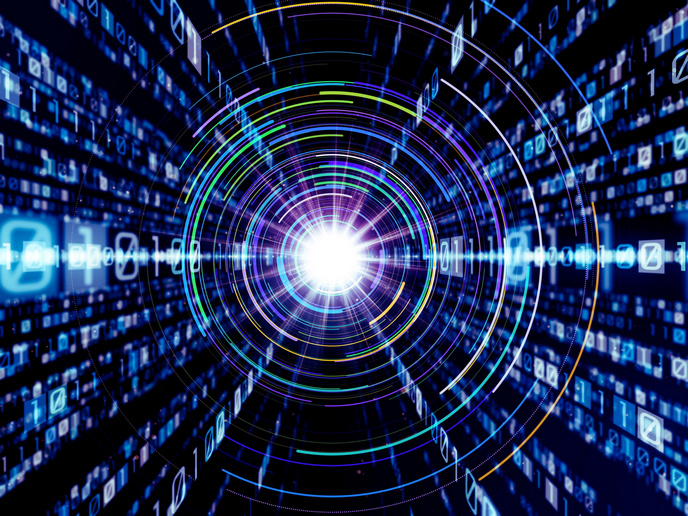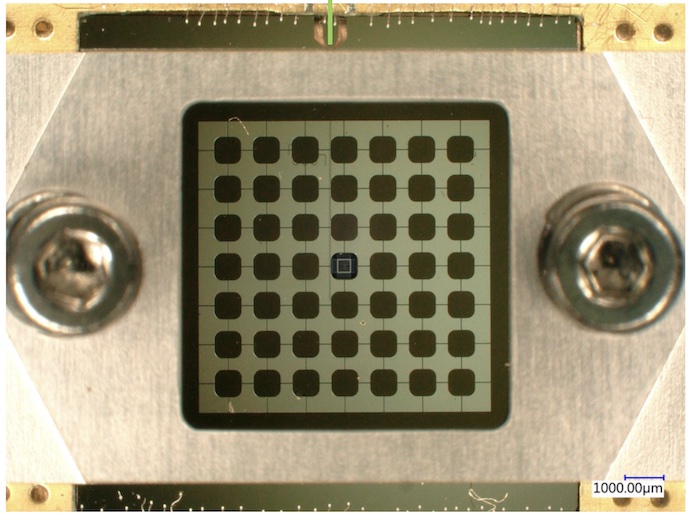Achieving secure and efficient quantum communication
Optical fibres are used to transmit information at the speed of light. The technology has transformed everyday services such as telephone and internet communication, making them faster and more reliable than ever before. These networks however have issues when it comes to the secure transfer of data. Identity theft as well as large-scale cyberattacks have become key concerns for individuals and societies. More and more research has therefore been spent looking into how future communication networks can be made not only more energy-efficient, but secure.
Encoding information onto single photons
The EU-funded Qurope project investigated possible solutions to this challenge in the realm of quantum physics. By encoding information onto a single photon, totally secure communication can be achieved. However, there is still a need to overcome losses when quantum information is transmitted. These losses happen when photons are absorbed by the fibre they travel through. This is where quantum repeaters come in. “A quantum repeater can be used to overcome these direct transmission losses,” explains project coordinator Klaus Joens from Paderborn University in Germany. “This is achieved by dividing the distance between communication parties into shorter sections.” The repeater takes the signal, makes a certain quantum measurement – called the Bell measurement – and teleports the quantum state onto another light particle. If this were to be achieved successfully, then the quantum internet would be able to transmit information reliably – and efficiently – over very long distances.
Leveraging phenomenon of quantum entanglement
The project brought together experts in quantum light sources and detectors, quantum memories, and photonic quantum information processing. A key focus of the work was on leveraging a strange quantum phenomenon known as entanglement. In quantum entanglement, two particles become strongly connected and correlated across space, no matter the distance between them. “In this project, we made huge progress towards building a quantum repeater using solid state quantum dot light sources,” adds Joens. Quantum dots are semiconductor particles just a few nanometres in size. “These quantum dots emit on-demand entangled photons. We then tried to interface these photons with materials capable of storing quantum memory.” This is the quantum version of ordinary computing memory. Whereas conventional computers store information as binary states (i.e. in 1s and 0s), quantum memory stores a particular quantum state, for later retrieval. The project team built a prototype system, to test this concept. Different memory systems were combined with semiconductor quantum dots, to produce telecom-based quantum repeaters.
The future of secure quantum communication
While the team succeeded in advancing quantum repeater technology, further work is still needed to achieve sufficient storage time. Nonetheless the project has shown what is possible and has helped to pave the way for future secure quantum communication. “We wanted to show that using quantum repeaters can achieve lower losses than just sending photons through a fibre,” says Joens. “This is the key advantage of a quantum repeater.” This technology could prove to be invaluable in efficiently connecting quantum devices in the future, just as internet of things (IoT) technology connects smart devices in our home. End uses could include quantum sensing and imaging applications. “Another possibility is having quantum-connected radio telescopes,” notes Joens. “This would be hugely powerful, and of great interest to people who want to study the universe.”
Keywords
Qurope, quantum, communication, photons, cyberattacks, internet, physics







